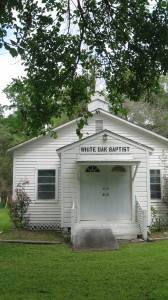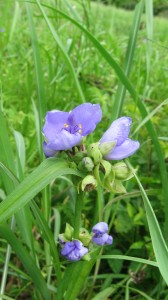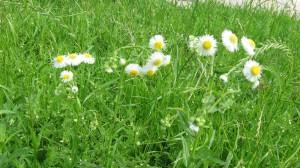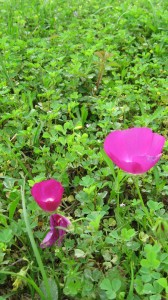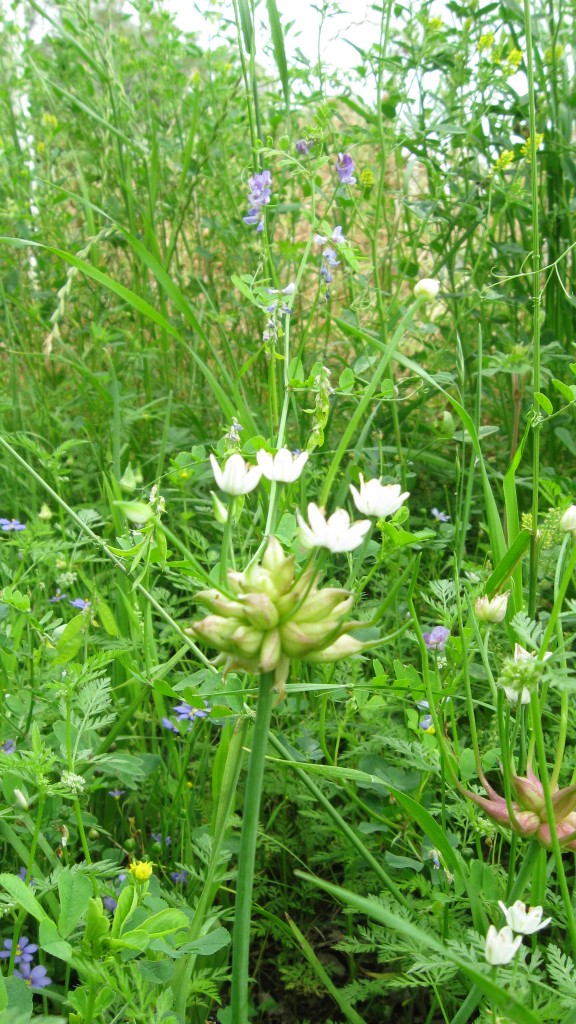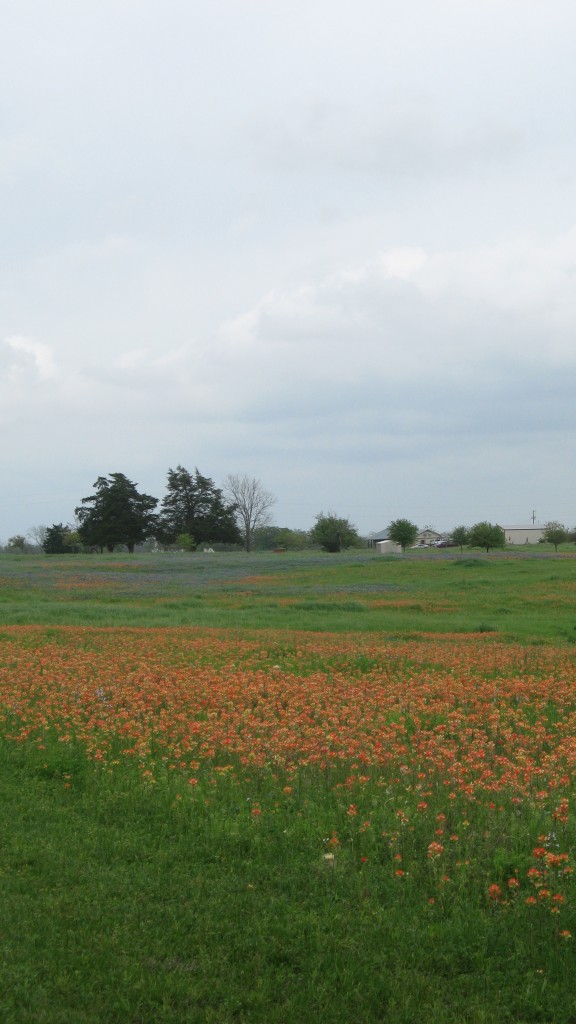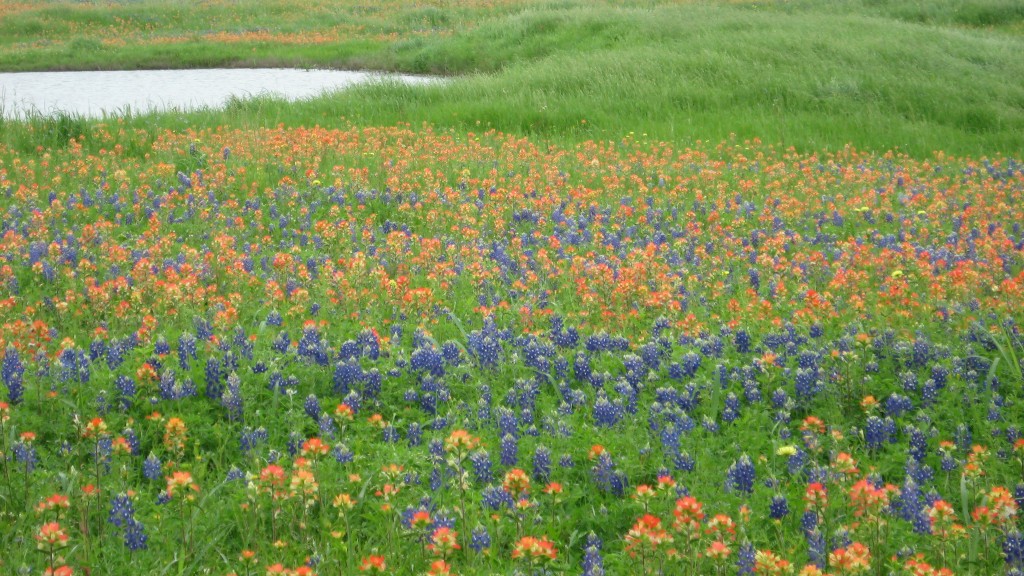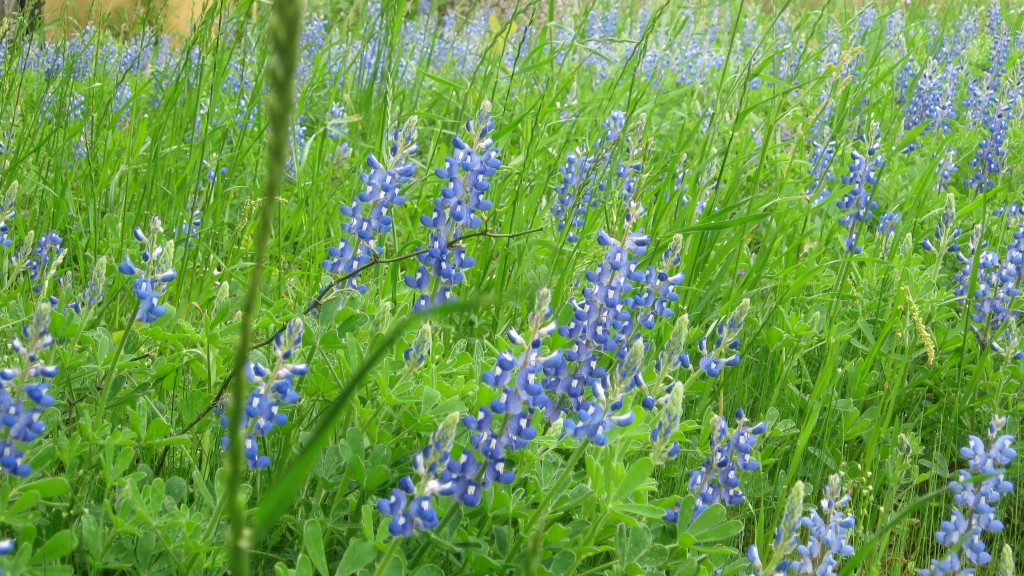Lately, I have been reading about this debate that is raging in the birding community. It used to be that the hobby of birding involved a lot of watching and waiting. It takes patience to be a birder, apparently. The popularity of smart phones and the inundation of technology into our daily lives is changing that, and some are not sure it is for the better. There are apps that can be downloaded to help identify birds (J and I use one called I-Bird Pro) that also play the bird calls for help in identification. These apps can be used, and abused, to lure birds into coming into view.
One side argues that these apps are potentially damaging to wildlife. The National Park Service has banned use of bird calls in its parks, calling it an “intentional disturbance” to bird behavior and biology. It can lead the birds to become desensitized to the calls of others of their species, if they respond to it several times and don’t see another bird on the other end. We don’t always understand the true nature of the calls we are broadcasting, so it is possible it could off territorial birds or interfere with breeding. The birds leave nests unattended to come seek out the call, leaving the young exposed to predators. Federal biologists who were using the call to find spotted owls by listening for them to “whoo” back soon learned that those call-backs would draw attacks on those owls by the more-aggressive barred owls, so the biologists scaled back on this practice in the best interest of the birds.
The other side argues that drawing the birds out is actually less stressful for the birds than tromping through their habitat, disturbing their areas for longer time periods than the short time it takes to play the call. There is no specific data to demonstrate that there is an actual effect on the wildlife, especially when the calls are played correctly (short durations and only when necessary). Experienced hunters and birders have been mimicking animal calls for generations to lure animals to them with no real negative consequences. Before these apps, field researchers relied on the use of cassette tapes to bring the animals out. Is it judicious to assume that everyone who uses these apps will use them irresponsibly, thereby affecting the animals in a negative way?
Another way technology is being used to view wildlife differently is Wildlife Spotting Phone Apps. Apps such as Where’s a Bear and YNP Wildlife let visitors to Yellowstone National Park know where sightings are occurring, up to the minute. Therefore, visitors who are hungry for a bear sighting can find out where the bears are, and get over to that area of the park. If the animal is still in that area, a crowd could develop, which can be negative in terms of human and animal safety. One potential side effect is that repeated exposure to humans desensitizes the bears to them, and potentially grizzly bears that have become desensitized to humans are more likely to attack them.
I am on the fence about these apps. Having been to Yellowstone and seen NO bears or other exciting predators, I would have loved to have up to date information on where the animals were. However, I would hate to do something that is detrimental to wildlife.
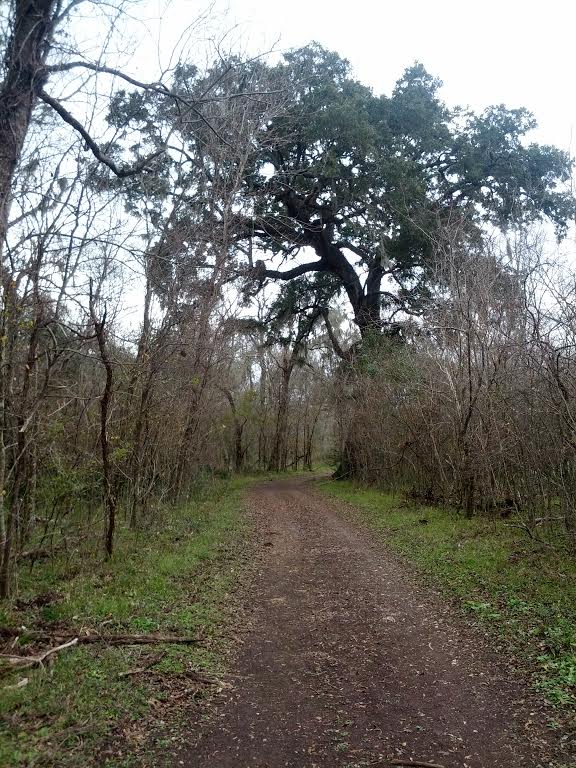
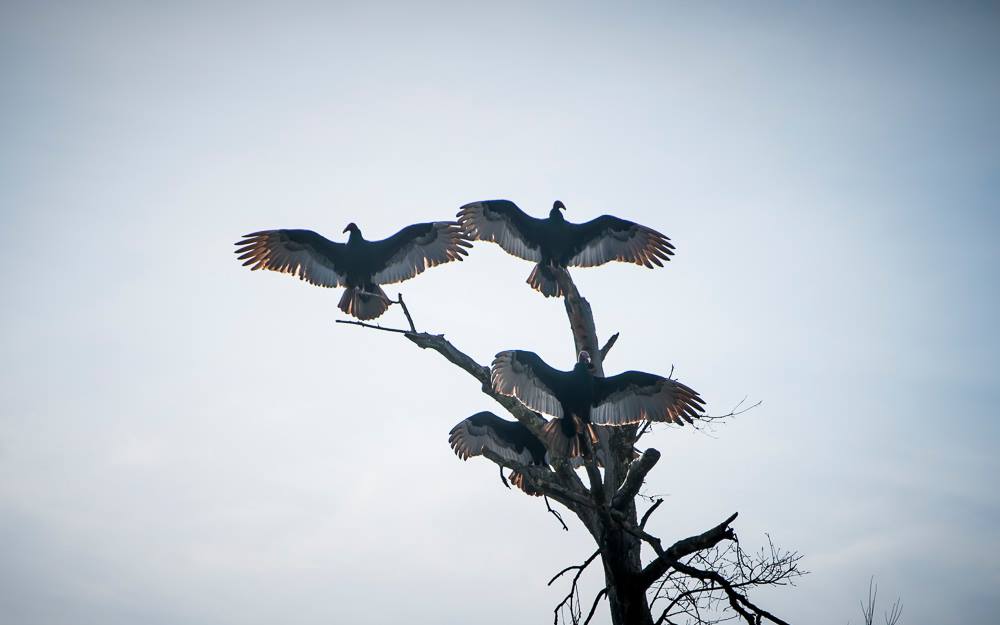
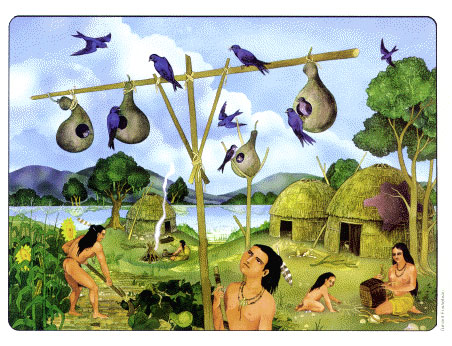
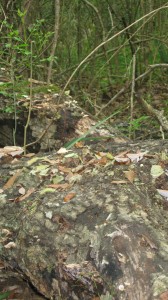 Sometimes I have read that all you need for geocaching is a sense of adventure. I always found that kind of interesting because I thought everyone HAD one of those. Turns out, not so much. A love of nature and appreciation of the outdoors is also not as common as I would have thought.
Sometimes I have read that all you need for geocaching is a sense of adventure. I always found that kind of interesting because I thought everyone HAD one of those. Turns out, not so much. A love of nature and appreciation of the outdoors is also not as common as I would have thought.